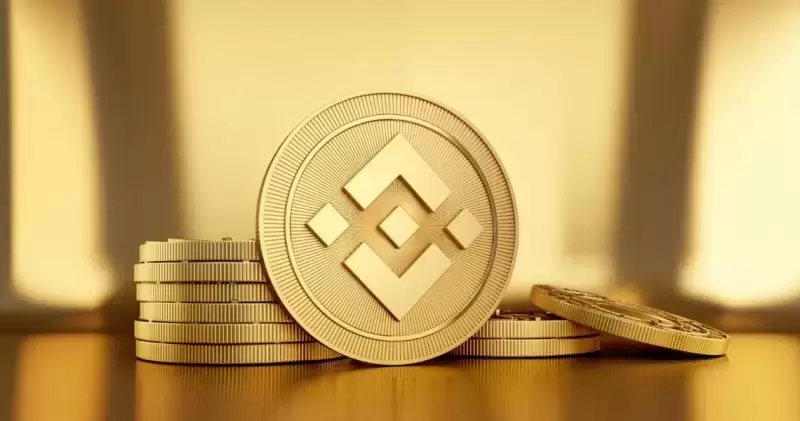 |
|
 |
|
 |
|
 |
|
 |
|
 |
|
 |
|
 |
|
 |
|
 |
|
 |
|
 |
|
 |
|
 |
|
 |
|
Cryptocurrency News Articles
You Ever Scroll Through Social Media and See Someone Post
Apr 09, 2025 at 09:18 pm
input: You ever scroll through social media and see someone post, “Just bought this digital monkey for $50,000!” And you’re like, wait, what?! A picture?

As you scroll through social media, have you ever seen someone post, "Just bought this digital monkey for $50,000!"? And you’re like, wait, what?! A picture? For that kind of money? You can’t even touch it. You can’t hang it on your wall without a screen. So, what gives?
To make sense of this, we need to understand what exactly these “digital monkeys” are—and no, it’s not just about monkey pictures. They’re part of something bigger, a trend that’s been turning heads and digital files into high-priced collectibles known as NFTs.
What Is an NFT?
NFT stands for Non-Fungible Token—but don’t get too hung up on the term.
Here’s the simplest way to think about it:
An NFT is a unique digital item—like a one-of-a-kind art piece, music track, meme, GIF, or even a tweet—that lives on a blockchain. That blockchain is what proves you own it. Kind of like a certificate of authenticity, but digital.
The word “non-fungible” just means it’s not interchangeable. For example, one Bitcoin is always equal to another Bitcoin. But one NFT? It’s one of a kind. It can’t be swapped like-for-like.
Think of it as owning an exclusive collector’s edition comic book or a rare baseball card. It’s not just about the thing itself—it’s about the rarity, the ownership, and the bragging rights.
Let’s say you’re a die-hard fan of superhero figures. Imagine getting a digital figurine that no one else in the world has—custom-made, signed, and verified. That’s the appeal. But unlike physical collectibles that can get lost, stolen, or damaged, NFTs live in the digital world—unchangeable and forever recorded.
A Brief History of NFTs
NFTs didn’t suddenly appear out of nowhere. The concept was floating around as early as the 2010s, but it started catching attention in 2017 with the rise of projects like CryptoPunks and CryptoKitties. At first, it seemed like just another weird internet trend—people were buying pixelated characters and cartoon cats for thousands of dollars.
Then, in 2021, the game changed. Digital artist Beeple sold an NFT artwork for a jaw-dropping $69 million. Suddenly, NFTs were everywhere—artists, musicians, celebrities, sports teams, and even brands like Nike and Coca-Cola jumped on the bandwagon. What started as an online curiosity turned into a cultural and financial phenomenon.
How Do NFTs Work?
At the core of NFTs is a process called minting—basically, the moment when a digital file becomes an official NFT and gets locked into the blockchain.
Here’s how it plays out in simple terms:
You start with a digital creation—maybe a piece of art, a music file, or even a meme. When you mint it, you're turning that file into a unique token on the blockchain. That’s where it becomes traceable, ownable, and sellable.
During this process, all the key information is permanently recorded: who made it, who currently owns it, and the full history of ownership and transfers. This makes NFTs incredibly secure and transparent.
To top it off, a smart contract—a bit of self-executing code—is attached. It handles things like resale rules and even royalties. So if your NFT is sold again later, you (as the original creator) could automatically earn a percentage of that sale.
Once minted, the NFT is locked in. It can’t be copied, tampered with, or forged. It's digital proof that this piece belongs to you—or to whoever buys it next.
What Are NFTs Used For?
NFTs aren’t just about showing off digital art (although that’s a huge part of it). They’ve started to shape the way we think about ownership, creativity, and value in the digital world.
Digital Art was the entry point. Artists who once relied on likes and shares to get recognition can now actually sell their work online—and not just once. Thanks to smart contracts, they can also earn royalties every time that piece is sold again. It's a game-changer for creatives.
Gaming is another space that’s buzzing. Imagine earning or buying a rare item in a video game—and then actually owning it, trading it, or selling it outside the game. Players are no longer just playing; they’re collecting and investing, too.
Music and entertainment are catching on fast. Musicians have started releasing albums or exclusive content as NFTs. Fans get a collectible, and artists get a new revenue stream that cuts out middlemen.
Even events and memberships are being reimagined.
Disclaimer:info@kdj.com
The information provided is not trading advice. kdj.com does not assume any responsibility for any investments made based on the information provided in this article. Cryptocurrencies are highly volatile and it is highly recommended that you invest with caution after thorough research!
If you believe that the content used on this website infringes your copyright, please contact us immediately (info@kdj.com) and we will delete it promptly.



























































